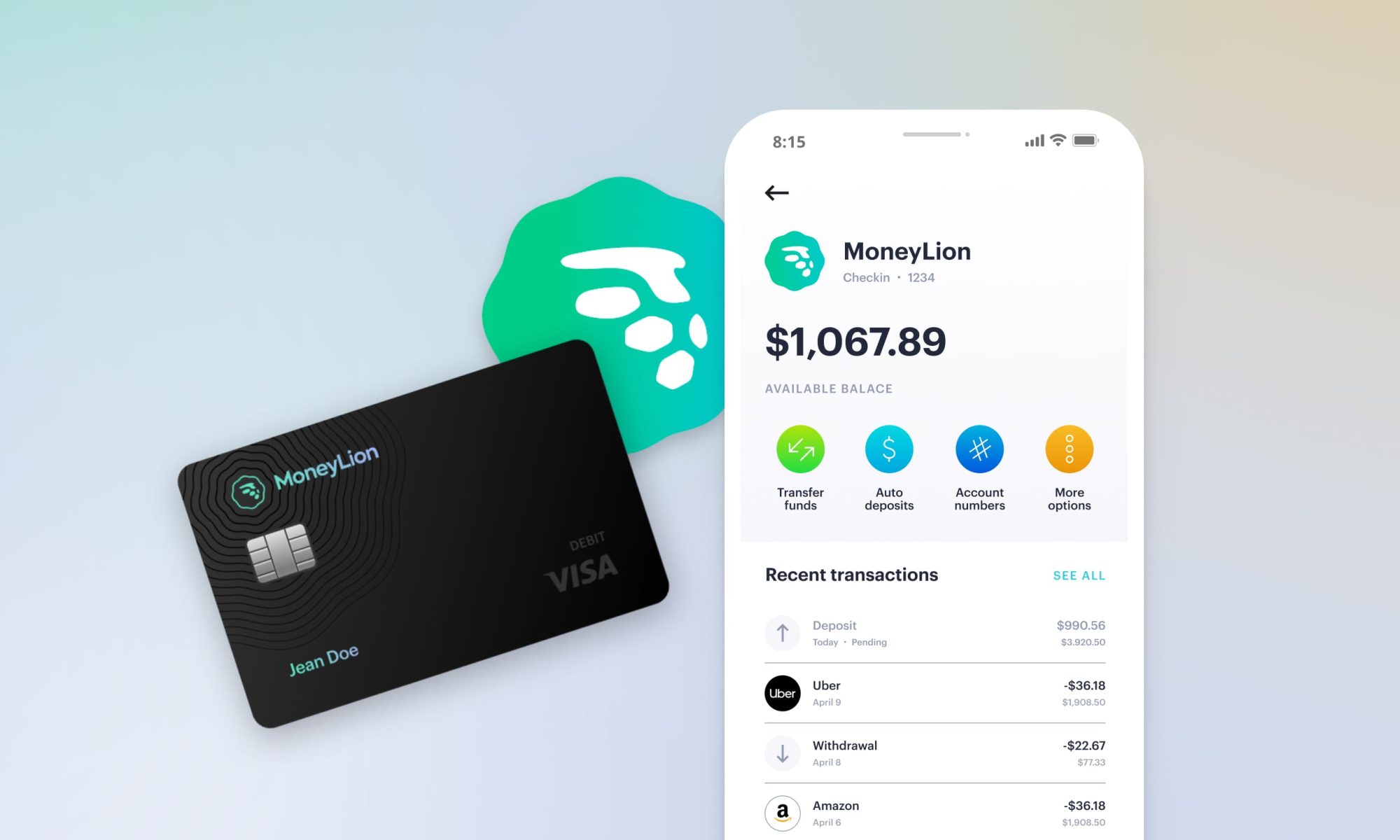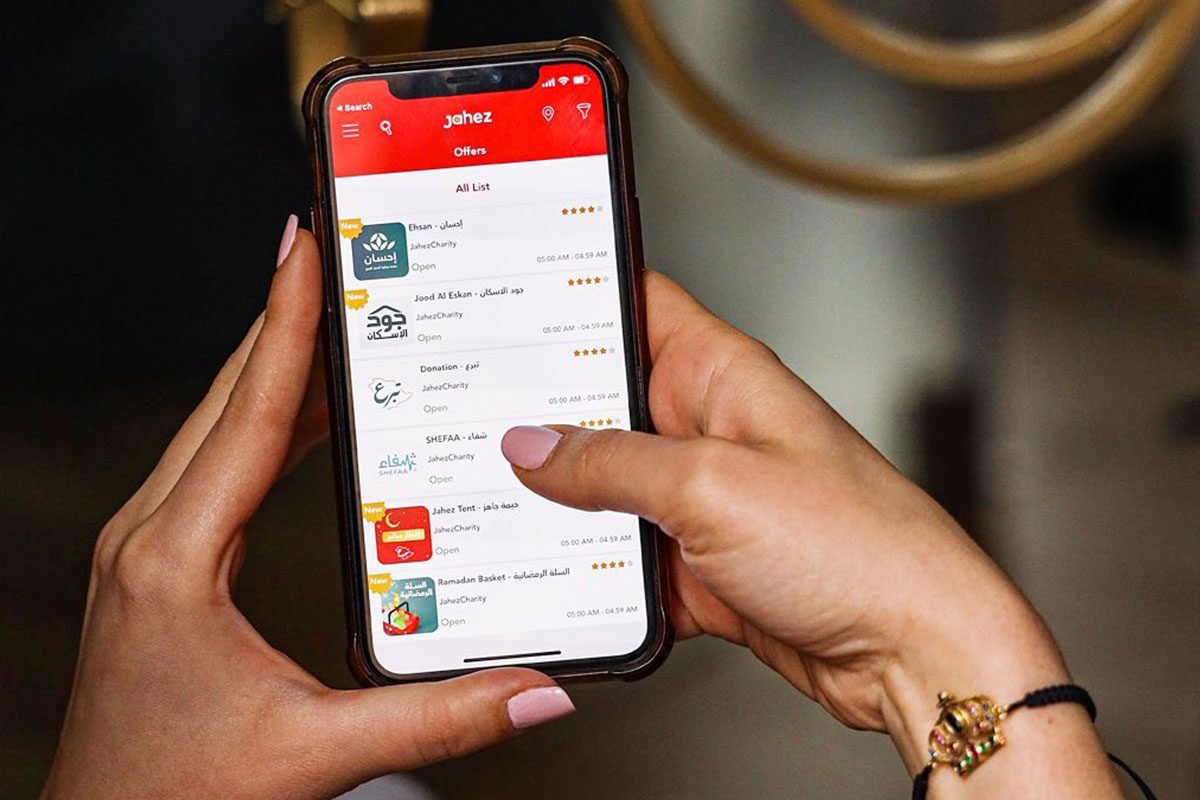In today’s fast-paced world, managing finances effectively is crucial. MoneyLion has emerged as a popular financial technology platform, offering a range of services designed to empower users to make better financial decisions. But what exactly does MoneyLion do, why is it so popular, and what would it cost to build a similar cash advance app? Let’s dive in.
What is MoneyLion and Why is it Popular?
MoneyLion is a comprehensive financial platform that provides users with various tools and services through its mobile application. Its core offerings include:
- Cash Advances (Instacash): This popular feature allows eligible users to access a portion of their paycheck early, providing a safety net for unexpected expenses. Advances can range from $25 to $500, depending on eligibility. There are options for instant transfers for a fee or free transfers that take a few business days.
- Mobile Banking (RoarMoney): MoneyLion offers a checking account with features like getting paid up to two days early with direct deposit, cashback rewards, and the ability to round up purchases to save. It also provides access to a wide network of fee-free ATMs.
- Personal Loans: Through its marketplace, MoneyLion connects users with various personal loan offers from partners, catering to different financial needs and credit profiles.
- Credit Builder Loans: Designed to help users improve their credit scores, these loans are typically for smaller amounts with manageable repayment terms.
- Investment Services: MoneyLion offers managed investment accounts and the option to invest spare change through round-ups.
- Financial Tracking and Insights: The app provides tools for users to track their spending, set budgets, and gain insights into their financial habits.
- Credit Monitoring: Users can access credit monitoring services to stay informed about changes to their credit reports.
- Rewards Program (MoneyLion WOW): This program allows users to earn cashback and other rewards for making smart financial decisions and everyday spending.
Why is MoneyLion so popular? Several factors contribute to its widespread appeal:
- Convenience and Accessibility: As a mobile-first platform, MoneyLion provides users with financial services at their fingertips, anytime and anywhere.
- Comprehensive Suite of Services: By offering banking, borrowing, investing, and financial management tools in one app, MoneyLion simplifies users’ financial lives.
- Focus on Financial Inclusion: MoneyLion aims to serve a broad range of consumers, including those who may be underserved by traditional financial institutions.
- User-Friendly Interface: The app is designed to be intuitive and easy to navigate, making it accessible even for those who are not tech-savvy. 1 1. app-hider.en.greenxf.com app-hider.en.greenxf.com
- Innovative Features: Features like Instacash and Credit Builder Loans address immediate financial needs and long-term financial health.
- Personalization: MoneyLion leverages data analytics and AI to offer personalized financial advice and product recommendations.
- Community and Education: The platform often provides financial literacy resources and fosters a sense of community among its users.
The Cost to Build a Cash Advance App Like MoneyLion
Developing a comprehensive cash advance and financial services app like MoneyLion involves significant investment. The exact cost can vary widely depending on several factors, including the complexity of features, the technology stack used, the size and location of the development team, and ongoing maintenance.
Here’s a breakdown of the estimated costs for different aspects of building such an app:
| Development Phase | Estimated Cost Range (USD) |
|---|---|
| Market Research & Planning | $2,000 – $10,000 |
| UI/UX Design | $5,000 – $30,000 |
| Front-End Development (iOS & Android) | $15,000 – $80,000 |
| Back-End Development | $20,000 – $100,000 |
| Cash Advance Functionality | $10,000 – $30,000 |
| Budgeting Tools | $5,000 – $20,000 |
| Financial Insights | $10,000 – $50,000+ |
| Investment Features | $20,000 – $100,000+ |
| Security Features & Compliance | $5,000 – $20,000 |
| API Integrations (Banks, Credit Bureaus, Payment Gateways) | $5,000 – $20,000+ |
| Testing & Quality Assurance | $3,000 – $10,000 |
| Deployment & App Store Submission | $200 – $500 |
| Total Estimated Initial Cost | $90,200 – $335,500+ |
| Ongoing Maintenance (Annual) | $7,500 – $18,000+ |
Key Factors Influencing the Cost:
- Complexity of Features: The more features you integrate (e.g., cash advances, banking, investments, credit building, personalized insights), the higher the development cost.
- Platform (iOS & Android): Developing native apps for both platforms will be more expensive than developing for a single platform or using cross-platform frameworks.
- UI/UX Design: A user-friendly and intuitive design is crucial for a finance app, and more sophisticated designs will incur higher costs.
- Back-End Infrastructure: Building a robust and secure back-end to handle user data, transactions, and integrations is a significant part of the cost.
- API Integrations: Integrating with various third-party services (banks, payment processors, credit bureaus) adds to the complexity and cost.
- Security and Compliance: Finance apps require stringent security measures and compliance with regulations like GDPR and CCPA, which can increase development efforts and costs.
- AI Integration: Incorporating AI for personalized financial advice, risk assessment, and fraud detection will add to the cost.
- Development Team: The size, expertise, and location of your development team will significantly impact the overall cost. Hiring experienced developers in regions with higher labor costs (e.g., the United States, Western Europe) will be more expensive than outsourcing to regions with lower rates (e.g., India, Eastern Europe).
Monetization Strategies:
Like MoneyLion, your cash advance app can adopt various monetization strategies:
- Tips for Cash Advances: Charging users optional tips for the instant cash advance service.
- Subscription Fees: Offering premium features or higher advance limits through a subscription model (like MoneyLion Plus).
- Interchange Fees: Earning a small fee from debit card transactions if you offer a banking feature.
- Affiliate Marketing: Partnering with other financial service providers and earning commissions for referrals.
- Interest on Loans: If you offer personal or credit builder loans, interest will be a primary revenue source.
- Late Payment Fees: Charging fees for missed loan or subscription payments.
- Data Analysis and Insights: Offering anonymized data insights to other financial institutions (with careful consideration of privacy).
Conclusion:
MoneyLion’s popularity stems from its ability to provide a comprehensive and user-friendly platform that addresses various financial needs. Building a similar cash advance app requires a substantial investment, with costs potentially ranging from $90,000 to $335,000 or more for the initial development, and ongoing maintenance expenses. The key to success lies in carefully planning the features, prioritizing security and compliance, and choosing the right development team to bring your vision to life. By understanding the functionalities of MoneyLion and the associated development costs, entrepreneurs can make informed decisions about entering this dynamic market.




